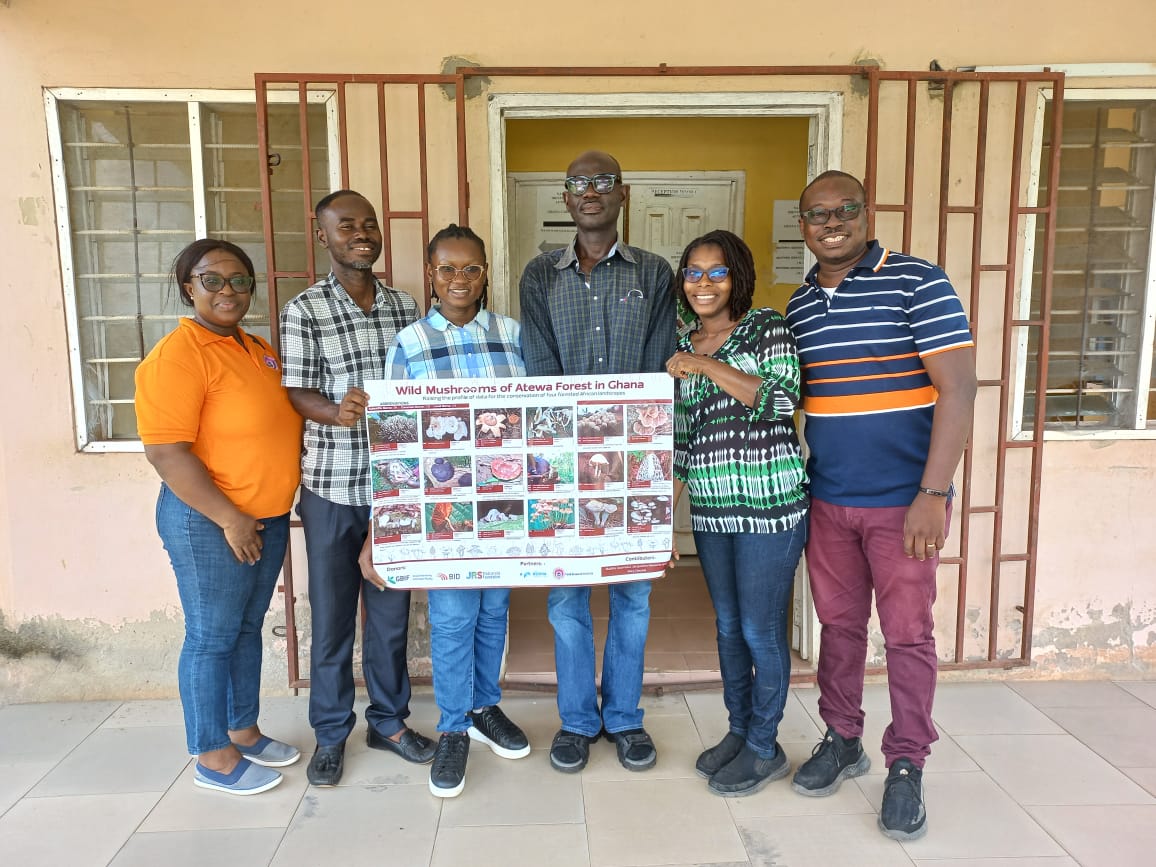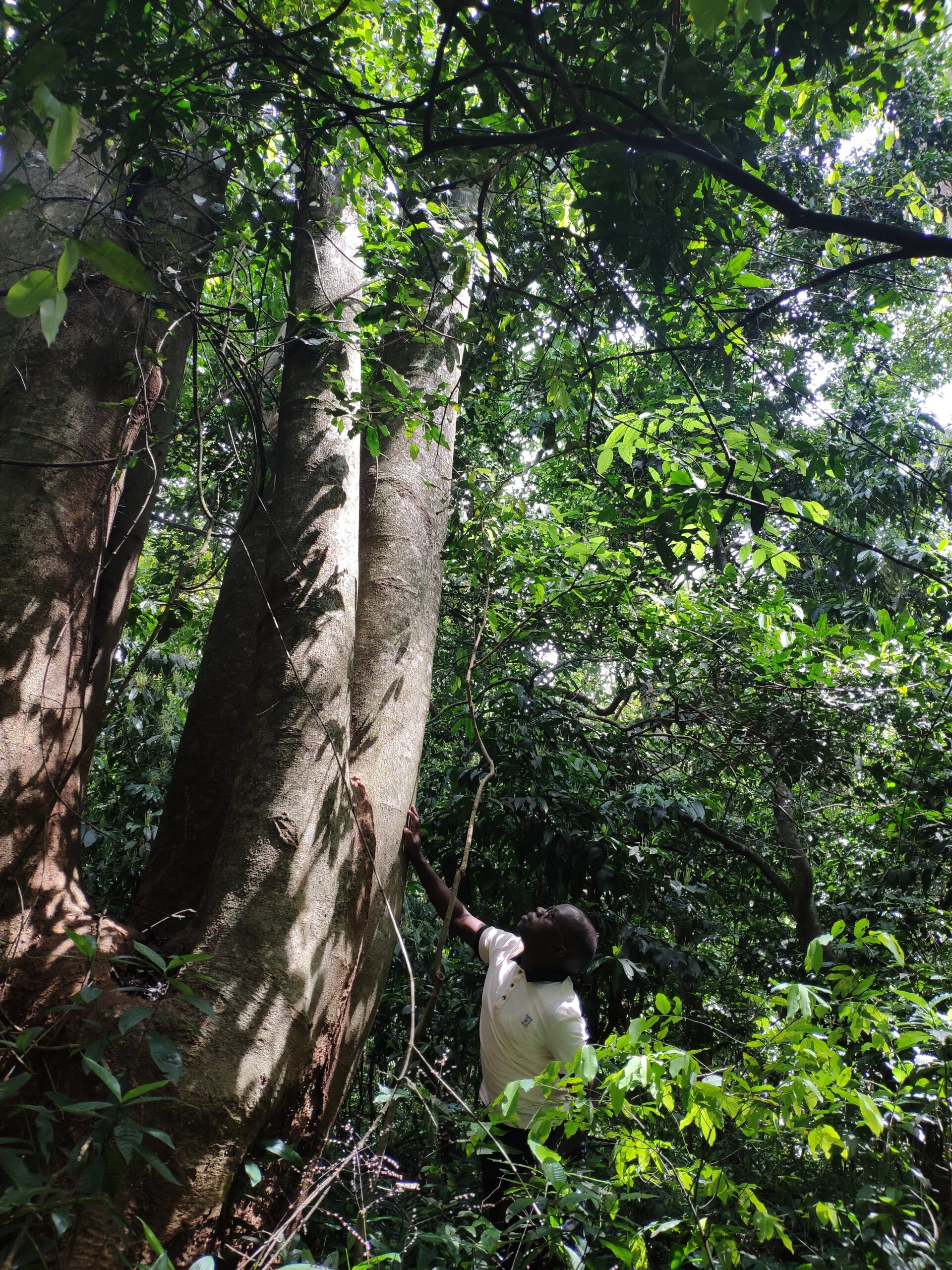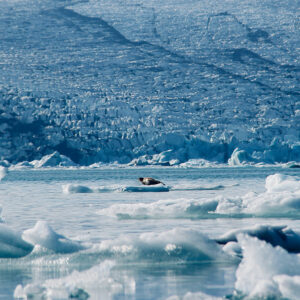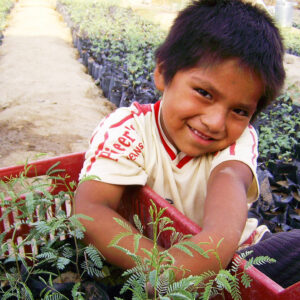
Mobilising data for action

A Rocha’s two-year GBIF project with 11 partners across four African countries came to a close in April 2023, embedding data in conservation action in four forested African landscapes. And that’s just the beginning!
In Ghana, the biodiversity data digitized for the Atewa Forest contributes to the body of evidence available, informing the legal court case led by A Rocha Ghana for the protection of Atewa as well as possible future livelihood opportunities (e.g. mushroom farming).
 In Nigeria, this project is directly building the foundations for the conservation of the relatively unknown and undocumented remnant Kwande Obanliku forests, even if the pre and post-election turmoil disrupted dissemination hopes. Publishing the data on GBIF has substantially raised the profile of these forests and highlighted the need for further research within them.
In Nigeria, this project is directly building the foundations for the conservation of the relatively unknown and undocumented remnant Kwande Obanliku forests, even if the pre and post-election turmoil disrupted dissemination hopes. Publishing the data on GBIF has substantially raised the profile of these forests and highlighted the need for further research within them.
In Uganda, the real frustration of not having access to the seminal 1990 forest reports to inform current conservation work around West Bugwe was relieved by this digital access, informing the current restoration of this degraded forest.
And in Kenya, the case to protect the Dakatcha landscape (a Key Biodiversity Area classified by Birdlife International as ‘in danger’) has been further reinforced with the publication of important biodiversity information which highlights the little-known presence of Endangered species in this landscape to global audiences and policy makers (e.g. BirdLife partnership, KBA Secretariat and the CEPF).
A Rocha International was a key player in coordinating this project. Organizationally, we all learned to work together under the African Forest Programme – five A Rocha Organizations working together under a funded project is perhaps a first! We learned more about the landscapes we are trying to conserve and renewed our commitment to collecting high-quality data. The project allowed a substantial amount of data – previously buried and unavailable to the conservation, science and decision-making communities – to be properly organized, cleaned and made publicly available on the GBIF platform, strengthening the case for the conservation of these landscapes and our role in supporting this. This is going to be critical for the conservation of several of these sites going forward.

